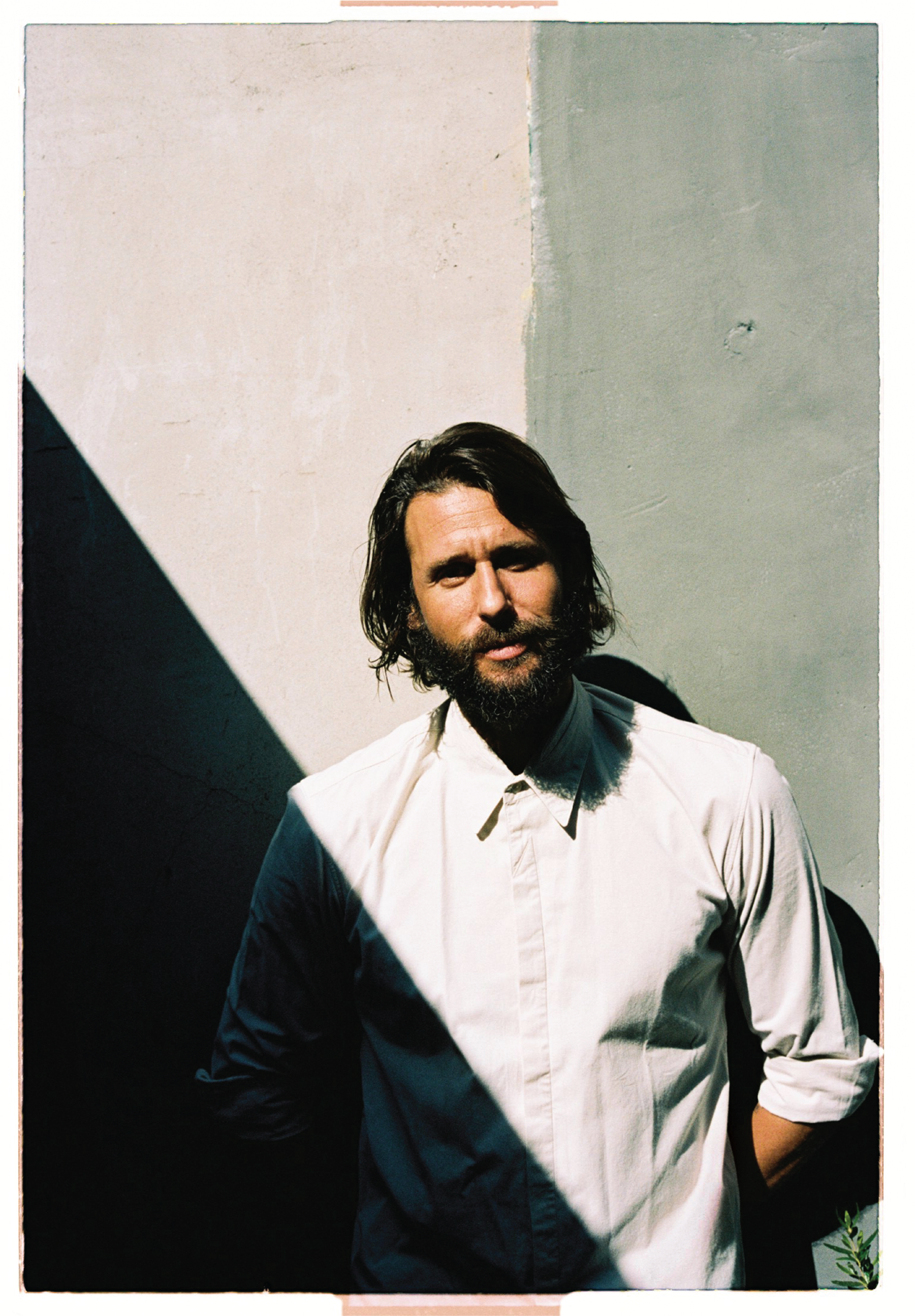The Ethopian model, activist, and entrepreneur uses her label Lemlem as a force for change
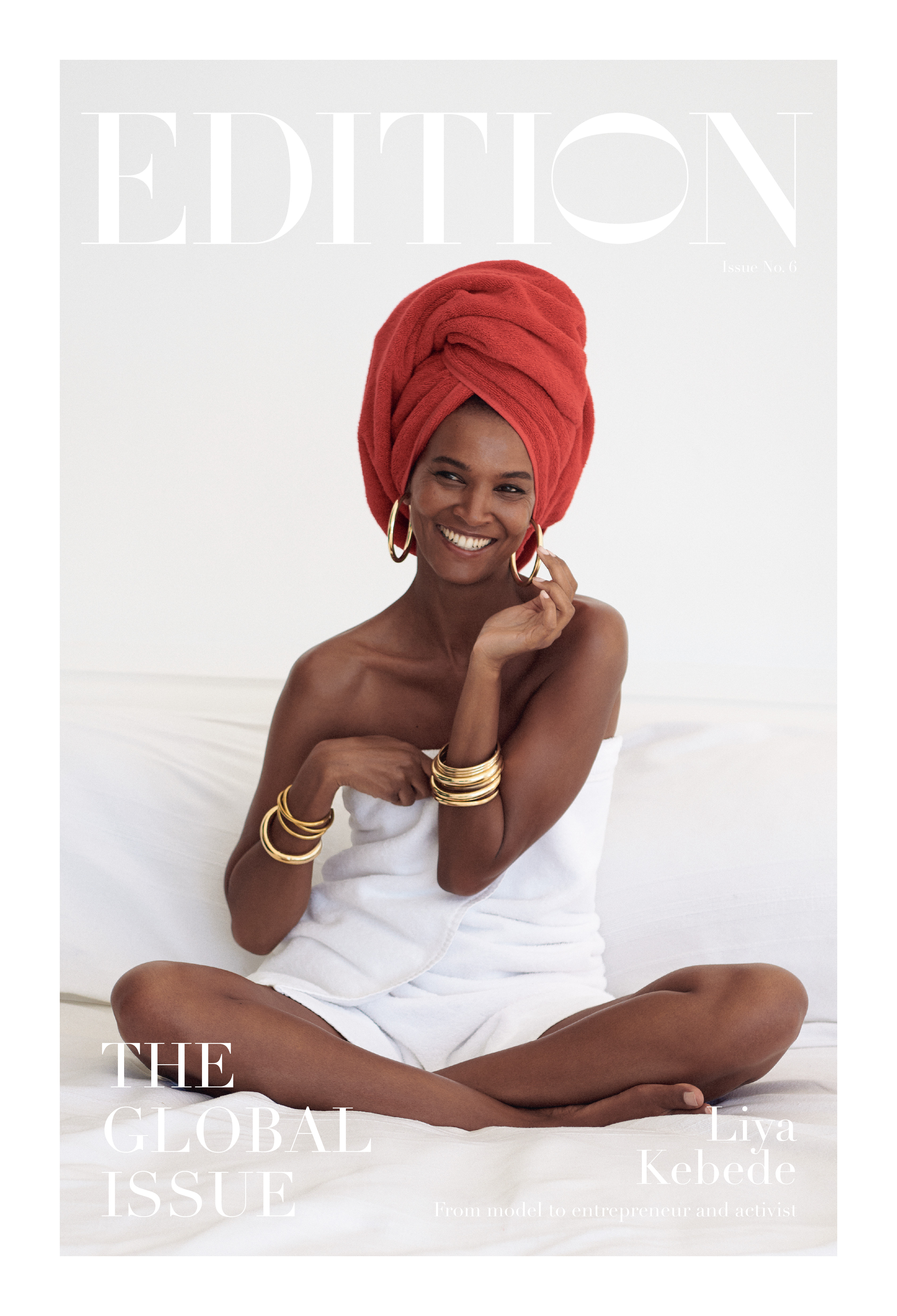
Global Issue
Global Issue: Editor’s Letter
Editor’s Letter
John Fraser
The Michelin-starred chef has a story to tell you through his cooking
Pundy’s Picks for Conscious Travel
Six tips for considered and conscious travel
Genmaicha Martini Recipe
The classic martini plus the health benefits of green tea
The Spread Love Project by Nicholas Konert
How Nicholas Konert’s rainbow heart design became an international icon
Wade Davis
Anthropology is the antidote to today’s nativism says the scholar and author
Carla Sozzani
The future of retail according to the founder of legendary concept store 10 Corso Como
The Art of Migration
The power of art to inspire empathy and social action
John Pawson
Zen Buddhism and minimalist purity drive the celebrated architect
Amy Duncan
As the CBD line Mowellens expands into skincare, its founder shares the personal story behind her company
Sila Sveta
Moscow’s favorite media studio finds the perfect balance between art and commerce
David de Rothschild
In his calls for environmental awareness, the modern explorer finds harmony between man and nature
Can Fashion Be Sustainable?
Shaping a better world through what you buy – or don’t
Brendon Babenzian
Supreme’s former creative director wants to end the cycle of consumption with his new brand Noah
Lily Kwong
Nature invades the urban jungle in the landscape designer’s expansive projects
House of Yes
Behind the scenes with the Bushwick nightlife collective promoting inclusivity and consent culture
Vivie-Ann Bakos
DJ Extraordinaire
Chez Dede
A medium in which two world-traveling, adventurous spirits absorb the globe’s vast curiosities and share them freely
Jesse Israel
A meditation guide for extraordinarily large groups
Liya Kebede
The Ethopian model, activist, and entrepreneur uses her label Lemlem as a force for change
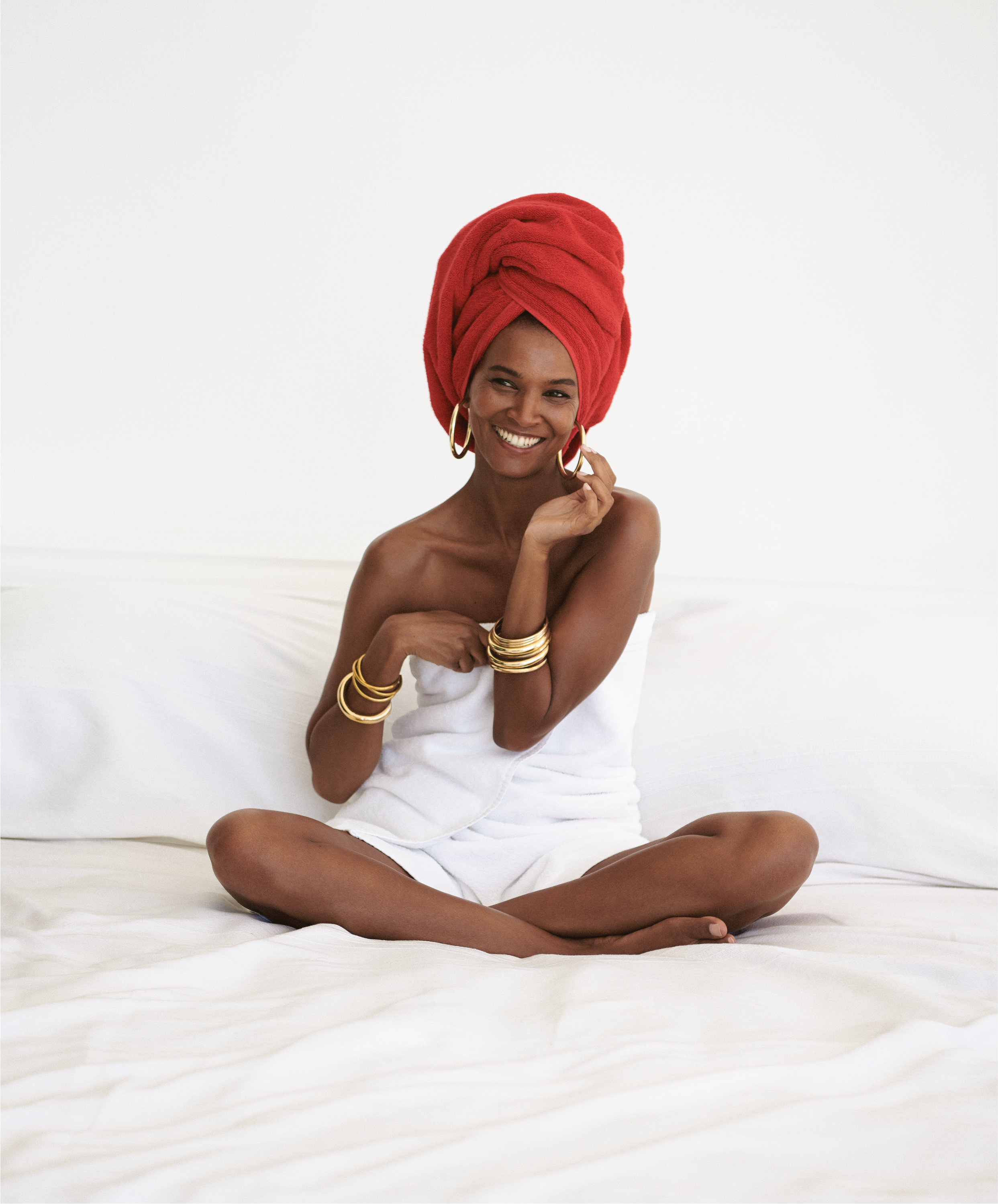
The Ethopian model, activist, and entrepreneur uses her label Lemlem as a force for change
Liya Kebede
The Ethopian model, activist, and entrepreneur uses her label Lemlem as a force for change
By Ashley Simpson
@liyakebede
Photography by Cass Bird
Growing up in Addis Ababa, the supermodel, philanthropist, and business owner Liya Kebede always knew that she wanted to give back. It’s part of the culture, she explained over the phone from Saint-Tropez this summer. In her native Ethiopia, doing good is an everyday commitment because poverty is an everyday reality. After she walked in Tom Ford’s Fall 2000 Gucci show, Kebede’s career as a model went into overdrive (to put it lightly), with campaigns for brands ranging from Louis Vuitton to Saint Laurent, the Gap, and Victoria’s Secret. She made history as the first black woman to represent Estée Lauder, and her activism has long extended beyond her image. In 2005, after serving as a World Health Organization Goodwill Ambassador, Kebede founded the Lemlem Foundation with the aim of supporting maternal health, lowering maternal and infant mortality rates, and supporting female artisans in Africa. Two years later, she launched Lemlem, a sustainable clothing brand that produces beautiful handwoven pieces in Ethiopia, Kenya, and now Morocco, supporting women weavers in the process. Part of the proceeds from Lemlem sales go directly to the Foundation, helping tie together the worlds of fashion, activism, and entrepreneurship Kebede continues to navigate so smoothly
After you moved to New York and your modeling career took off, what made you decide to start your nonprofit work and develop your own business?
A lot of things came organically, but it’s very cultural as well. [In Ethiopia,] it’s a day-to-day thing to always give back to people around you because there is a lot of poverty. You grow up seeing that and your family doing that. I always wanted to do something, I just didn’t know exactly what. Once I had been in New York working for a while and I had my own family, I was approached by the WHO. They were tackling the problem of a lot of women in Third World countries dying from pregnancy complications. Growing up in Ethiopia, dying from pregnancy and childbirth was very, very common for us. It was so common that we didn’t even know that it was preventable at all. We just thought that it was a fact. Then I discovered that was not at all the case. They didn’t have the proper tools, the proper care, the proper doctors. These are very easy things to treat that end up taking the woman’s life. They were really looking for someone to champion that and raise awareness of it. I became a part of that movement and decided to start a foundation to continue that work. From there, as I went back and forth to Ethiopia to visit my family, on one of my trips I saw that the artisan community was not doing great. Weavers were not doing great because fewer and fewer
people were wearing their products because of Westernization, so the art of weaving was dying and weavers were out of jobs. Out of that I thought maybe I could do some part in solving [this problem] by creating a brand that would reinvigorate the art of weaving and also make the artisans’ situations more sustainable. Having had the background in philanthropy, I had seen how it’s really difficult to go and look for funding all the time and ask for more money and give money to people, as opposed to actually teaching them or giving them the opportunity for work so then those people can take care of themselves. I thought that was a really great way to actually give back.
What was the experience like of starting the business and growing it? What were some specific challenges?
I think definitely starting there were a lot of challenges. First of all, I didn’t look at it as ‘let me make a business.’ It was just very instinctive, it was a ‘let’s figure it out as we go along’ situation. It was very organic. I hired a designer and one creative person who helped me start it. At the beginning, just coming up with what it was going to look like, there were a lot of limitations. The process of weaving has limitations to what you can actually make. Then we had limitations about what would be easily available materials. All these things

Lemlem Resort 2020 and Swim, photography by Jan Welters
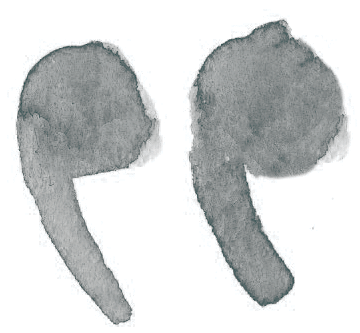
I love every piece we make. Because it is handmade, it works differently because we always have the surprise element.
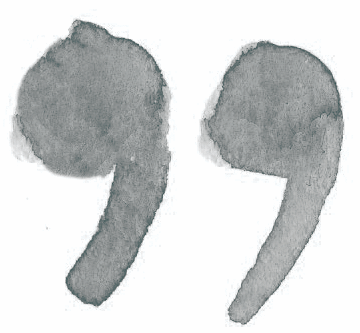
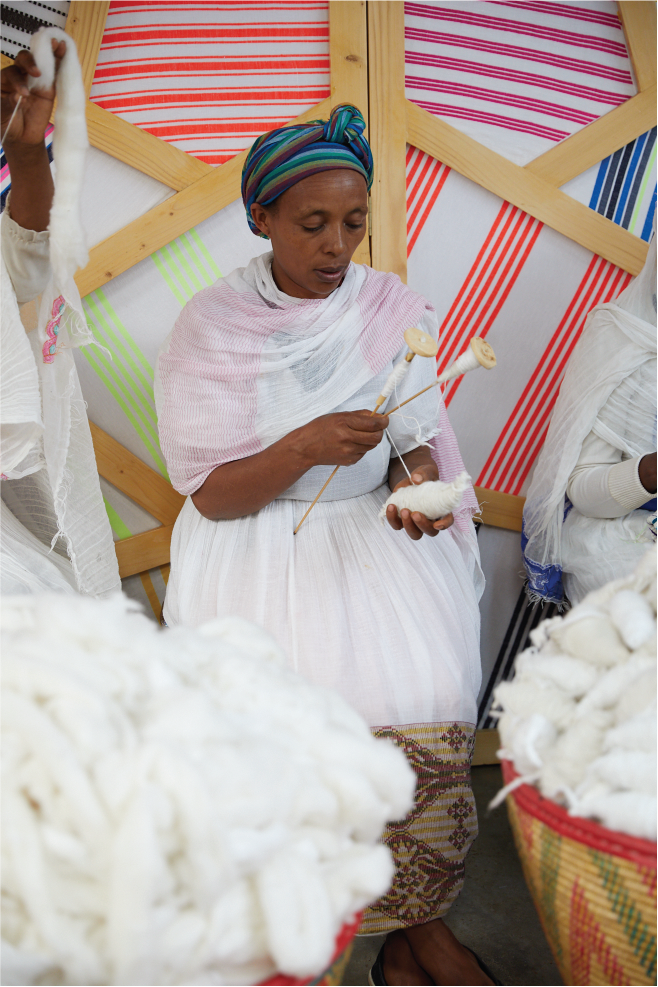
Muya Ethiopia, photography by Marilou Daube
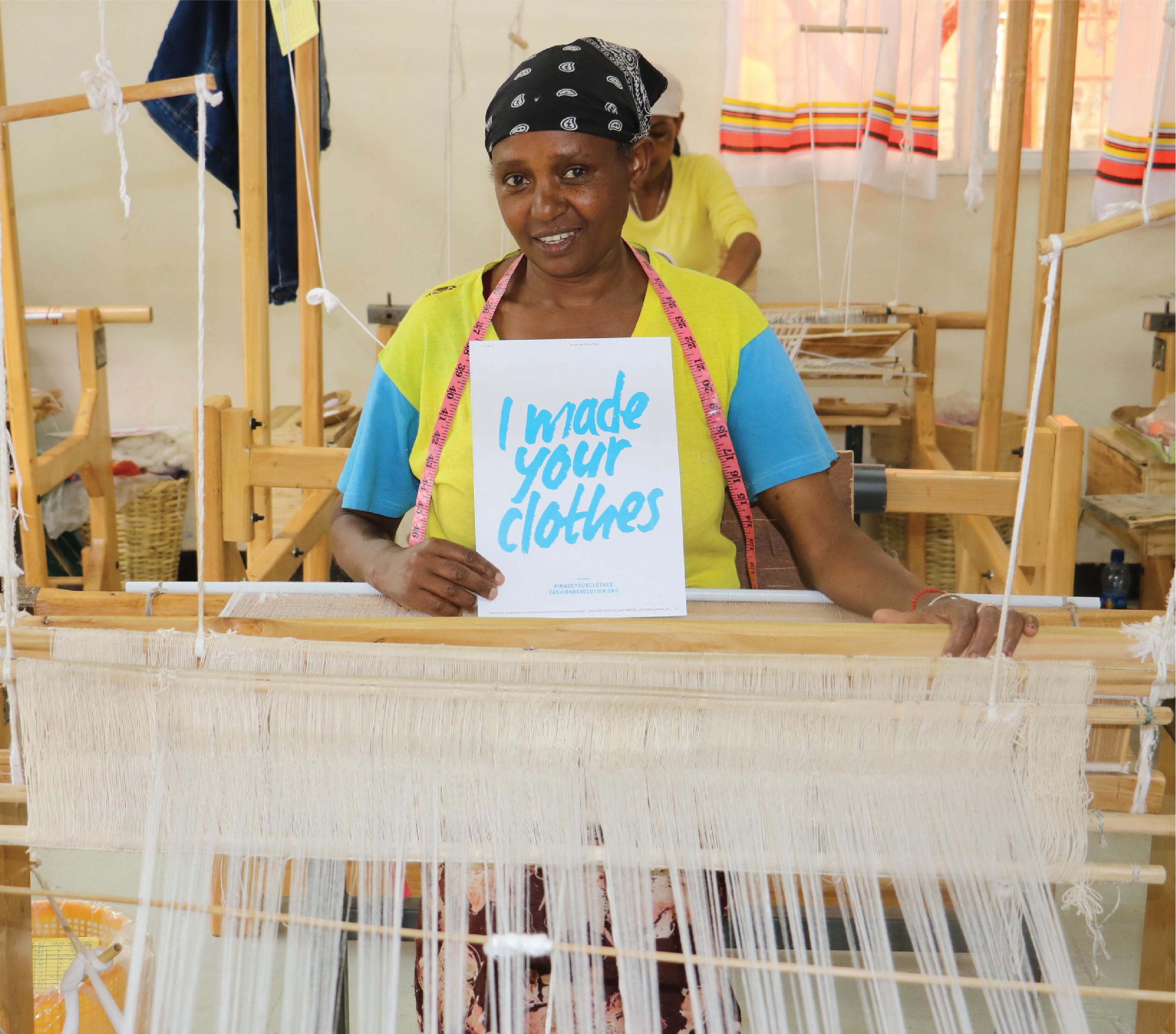
Muya Ethiopia Weaver
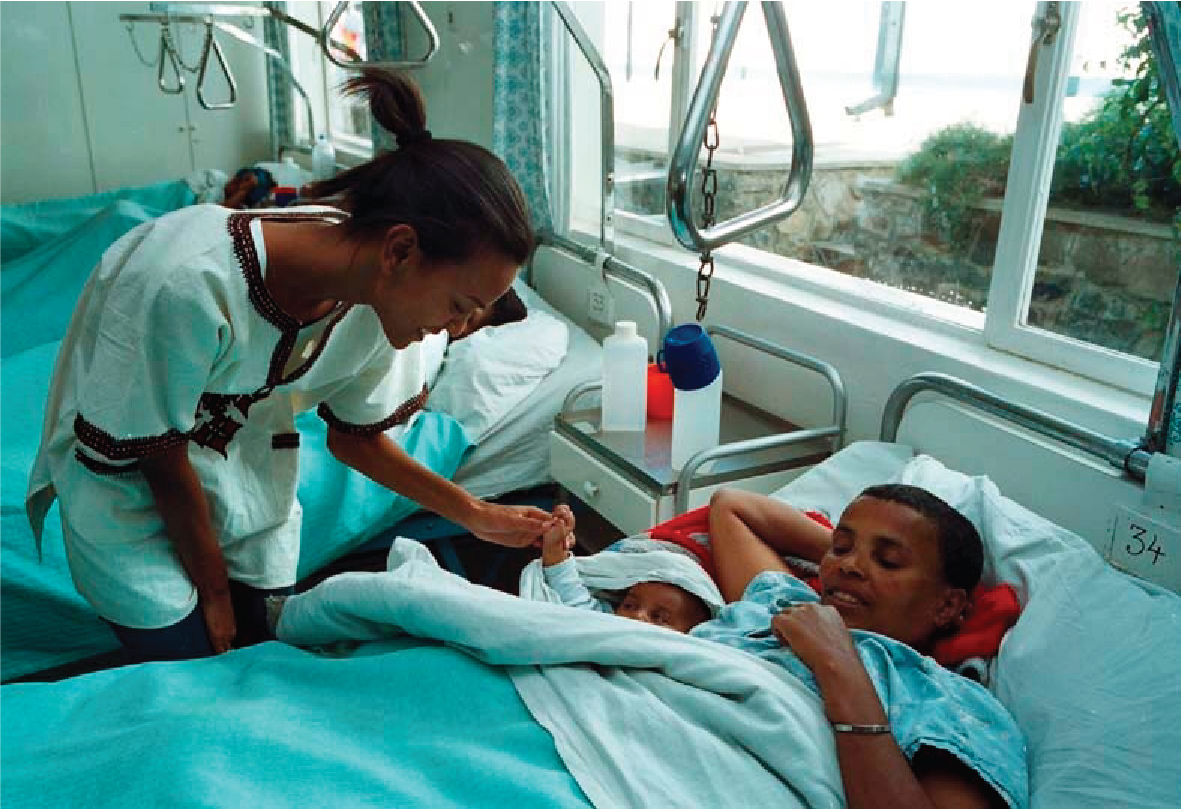
LIYA KEBEDE at Durame Hospital, Ethiopia
we had to set up: Here are the limitations, how do we work around these and come up with something new and fresh? [The clothing] ended up being very lightweight and very white at the beginning and eventually we started importing and bringing more and more color in and doing stripes. It’s funny but because of the limitations it created a sort of identity on its own. There are no other real models to look at and learn from. I feel like we’re sort of pioneering the situation. We’re figuring out everything on our own in a way as we run along. We don’t really have companies and clothing brands that are making things in Africa. I think it’s definitely the next thing. It’s coming and happening as we speak, but it still has a way to go for it to really explode.
Do you have favorite pieces?
I love every piece we make. Because it is handmade, it works differently because we always have the surprise element. What happens is we’re actually drawing how we want the fabric to be woven. Once you send that off, we don’t really know how it’s going to come back.
It’s a really different type of work process.
There is a lot of artisanship in making that. I always feel like once the products come in and we’re finally seeing the samples, everyone is so excited. It’s like opening a gift and you don’t really know
what’s going to come out. I think the idea that we are making this garment, this beautiful thing, in this small workshop in Ethiopia and somewhere across the world a random woman is walking around New York or Paris or Saint-Tropez wearing it is kind of incredible. It’s kind of incredible when you feel like you’re connecting dots that wouldn’t connect normally. Our job is that: It’s being the
bridge between completely different worlds and across cultures. You feel like you’re cutting down the wall. It’s very nice. I think the woman who wears Lemlem is someone who travels, who is interested, who is aware of the world, who understands what we do, but also just loves the ease of the garments, the easiness. It’s very easy, it’s very comfortable. It’s really soft and wonderful to wear. It’s timeless, it’s not trendy. It’s handmade so you know it’s really special. And it’s new, it’s different. I think it’s for a woman who wants to stand out a little, wants to wear something that’s different than what’s out there, and who likes the idea that she is supporting something.
Absolutely, when you buy a Lemlem piece you’re a part of something bigger.
Our main workshop is in Ethiopia, but we also do some small pieces in a workshop in Kenya and we just launched swimwear that is made in Morocco, which we’re really very excited about.
What’s interesting is that all three workshops are run by women.
Can you tell me a little bit about the swimwear?
I think it’s a natural progression for what we make. All our swimsuits have our traditional patterns, it’s very identifiable. I’m very happy and proud of the work that we did as well trying to bridge the world of swim with the world of handmade cotton and artisans. It took us a couple of years. It’s finally out there and it feels really good.
As you’re looking to the future, what are your hopes for Lemlem and your foundation?
I want Lemlem to be something that really stays and is established and becomes a sort of foundation for others to look up to, look at, be inspired by, to give this kind of business model more and more. And also to really inspire African artisanry, African fashion, entrepreneurs; to really become a lifestyle brand. That’s my hope. As we go forward, our foundation goes forward with us. We’re working more and more with not just maternal health, but also with the artisan community and trying to enable and train women to enter into the workforce.
We do training in Ethiopia, we do training in Kenya in sewing or weaving. We’re trying to empower more and more women to become more and more independent. That’s where we’re going.
David de Rothschild
In his calls for environmental awareness, the modern explorer finds harmony between man and nature
Art & Culture
The power of art to inspire empathy and social action
Zen Buddhism and minimalist purity drive the celebrated architect
Moscow’s favorite media studio finds the perfect balance between art and commerce
Behind the scenes with the Bushwick nightlife collective promoting inclusivity and consent culture
DJ Extraordinaire
A medium in which two world-traveling, adventurous spirits absorb the globe’s vast curiosities and share them freely
A meditation guide for extraordinarily large groups
Experiences
Moscow’s favorite media studio finds the perfect balance between art and commerce
In his calls for environmental awareness, the modern explorer finds harmony between man and nature
Behind the scenes with the Bushwick nightlife collective promoting inclusivity and consent culture
DJ Extraordinaire
Food & Drink
The Michelin-starred chef has a story to tell you through his cooking
Six tips for considered and conscious travel
Personalities
Style
The classic martini plus the health benefits of green tea
How Nicholas Konert’s rainbow heart design became an international icon
As the CBD line Mowellens expands into skincare, its founder shares the personal story behind her company
Nature invades the urban jungle in the landscape designer’s expansive projects
The Ethopian model, activist, and entrepreneur uses her label Lemlem as a force for change

